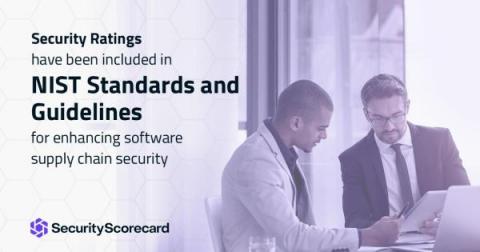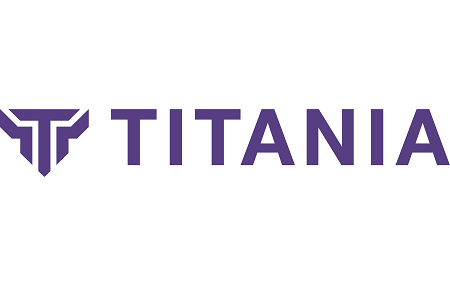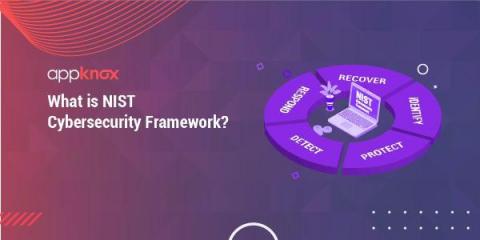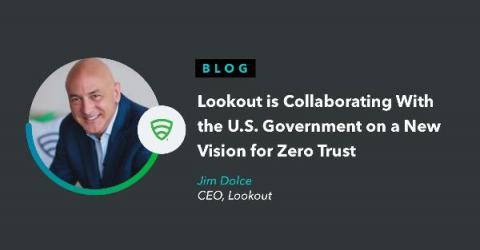NIST Standards and Guidelines for Enhancing Software Supply Chain Security Include Security Ratings
At SecurityScorecard, we believe that making the world a safer place means transforming how organizations view cybersecurity. For us, this means that companies must take a holistic approach, protecting systems not just from the inside, but also knowing what an organization’s vulnerabilities look like from the outside-in to see what the hackers are seeing.










